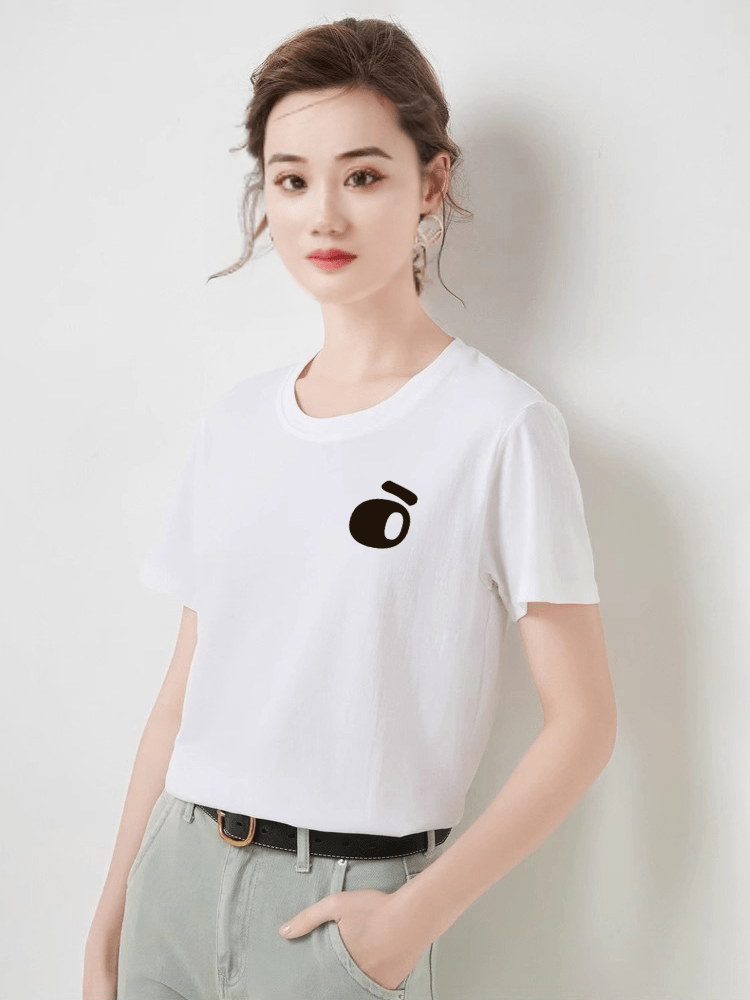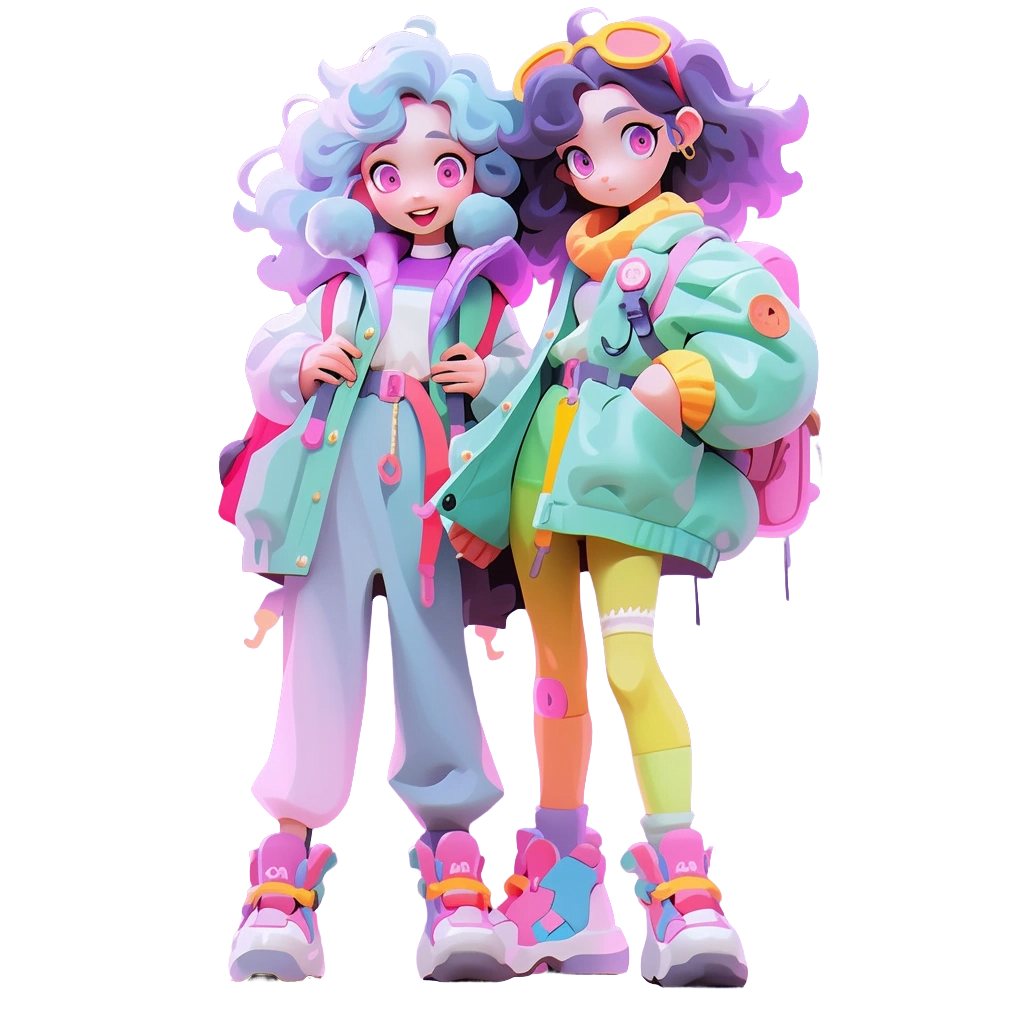📌 Introduction📌
In the world of custom toy manufacturing, one of the most common challenges that both designers and manufacturers face is the difficulty of making adjustments mid-production. As someone who’s been in this industry for years, I know firsthand how frustrating it can be when changes need to be made, but the process lacks the flexibility to accommodate them.
You pour your heart and soul into designing a toy, crafting every detail to perfection. You might envision the character’s expression, the feel of its material, or the way it should move or interact with users. But as production begins, you may find that certain aspects of your design don’t translate as expected. Maybe the chosen material isn’t behaving as intended, or the manufacturing process reveals unforeseen technical limitations. In those moments, flexibility from your manufacturing partner becomes crucial.
Let’s talk about how we can navigate this together, how to ensure flexibility in the production process, and ultimately make sure your design vision is fully realized without unnecessary obstacles.
Why Is Flexibility Important? 🎯
Imagine this: You’ve spent months, maybe even years, perfecting the design of your toy. When the prototype finally reaches your hands, you notice something isn’t quite right. Maybe the color looks off, or a mechanical part doesn’t move as smoothly as it should. These may seem like small details, but in the world of designer toys, details are everything. They define the difference between a product that delights and one that disappoints.
In a perfect world, manufacturers could make these adjustments on the fly. But too often, inflexibility in the production process means that changes become either difficult or impossible to implement once the machinery starts. This leaves designers stuck with a product that doesn’t fully meet their vision or, worse, increases the cost and delays the launch due to extensive reworking. This frustration is something many clients have shared with me, and I’ve seen firsthand how a lack of flexibility can derail an otherwise successful project.
Understanding Why Flexibility Can Be Challenging 🛠️
Manufacturers tend to rely on established processes, and for good reason. Standardization allows them to scale efficiently, reduce waste, and keep costs in check. When every project follows a similar routine, it’s easier to predict timelines and manage resources. However, this standardization can become an obstacle when customization is involved. Each custom toy is unique, which means deviations from the established process are often necessary.
For example, a seemingly simple request to adjust the color of a toy might require altering the paint application technique, changing the drying times, or recalibrating machines. These adjustments, while doable, often disrupt the production flow. If a manufacturer isn’t equipped with flexible systems or open lines of communication, it can be difficult to accommodate even the smallest tweaks.
So, how can we overcome this?
Communicating Early and Often 💬
One of the best ways to ensure flexibility in the production process is to start with clear, open communication from day one. When you’re choosing a manufacturing partner, be sure to ask about their process for handling design changes. Will they be willing to make adjustments? If so, what are the costs associated with these changes, and how will they impact the timeline?
I always recommend that designers and clients sit down with their manufacturers at the beginning of the project to map out possible changes. It’s important to establish a realistic expectation of what’s possible. Discuss potential areas that might need adjustment—whether it’s materials, colors, or mechanical features—so that the manufacturing team can prepare for those changes in advance. The earlier you anticipate these potential modifications, the easier it becomes for the manufacturer to pivot when necessary.
Partnering with a Manufacturer Who Values Flexibility 🤝
Not all manufacturers are built the same. While some are more rigid in their processes, others are open to customization and eager to work closely with designers to realize their vision. As someone who’s worked closely with numerous toy designers, I know that finding a manufacturer with this collaborative mindset can be a game-changer.
At our company, we prioritize flexibility and innovation. We understand that no two projects are alike, and we take pride in being able to adapt our production processes to meet the specific needs of our clients. Whether it’s changing materials, adjusting the size of a toy, or making last-minute design tweaks, we see these challenges as opportunities to grow alongside our partners.
We also believe in the importance of investing in technology that enhances our flexibility. For instance, we’ve adopted 3D printing and rapid prototyping technologies to allow our clients to make adjustments and see the results quickly. This not only speeds up the production process but also gives designers the peace of mind that their changes are being implemented in real-time, without major disruptions.
Building in Time for Flexibility ⏰
While flexibility is important, it’s also essential to recognize that changes take time. This is why we always recommend building extra time into the production schedule to account for any necessary adjustments. Rushing a project rarely leads to the best results, and it’s much more effective to give yourself room to breathe and the freedom to make tweaks as needed.
By planning ahead and allowing time for changes, you won’t feel pressured to accept compromises in the design just to meet a deadline. When you partner with a flexible manufacturer who’s prepared to work within these timelines, you’ll find that the final product comes much closer to your original vision—without sacrificing quality.
Cost Considerations 💰
Of course, flexibility in production comes at a cost, and it’s important to be transparent about that from the outset. Whether it’s due to extra material expenses, additional machine setups, or extended production times, making changes after production begins often requires extra resources.
That being said, not every change has to break the bank. By communicating with your manufacturer about your priorities and budget from the start, you can often find compromises that don’t significantly impact the overall cost. For example, if a specific material is too expensive, the manufacturer might be able to recommend an alternative that maintains the aesthetic or functional properties of your design without exceeding your budget.
Conclusion 🌟
At the end of the day, toy design is a dynamic process that requires flexibility, adaptability, and strong communication between designers and manufacturers. As a manufacturer who has worked on countless custom toy projects, I’ve learned that the most successful collaborations happen when both parties are willing to listen, adapt, and find creative solutions to production challenges.
So if you’re looking for a manufacturing partner who values flexibility as much as you do, don’t hesitate to reach out. We’re here to help bring your vision to life, no matter how many changes it takes to get there. After all, the best toys are the ones that come as close as possible to the designer’s original dream—and we’re committed to making that happen for you.
Let’s make sure your next project is not only a creative success but also a smooth, collaborative journey from start to finish. We’re ready to bring your custom toy designs to life with the flexibility and attention they deserve.








